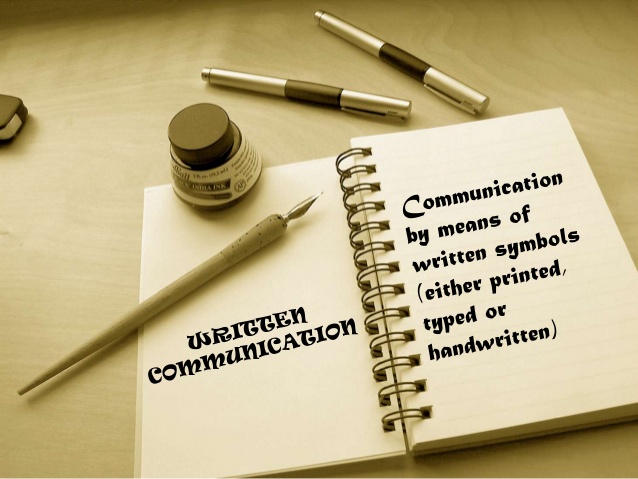The importance of learning to write well
While written communication is quite a common aspect of work-life, it isn’t something that comes naturally to many of us. People can be very good at speaking or reading in a particular language, but writing proficiently in that language can be challenging. The problem with written communication is that the message can be misunderstood or misinterpreted if it isn’t delivered correctly. In professional environments, this can cause severe damage to individuals or even organizations. On the contrary, good writing skills can boost your chances of career success and help you gain respect among colleagues.
Fortunately, there are some easy ways to practice and become good at written communication. Let us take a quick look at some of them.
- Think before you write
Effective written communication begins with clarity of thought. Align your thoughts to what you are setting out to write. Create a rough outline to structure the text. It would help if you were careful about avoiding a complicated and confusing message, especially when dealing with documents and reports. Planning your text will produce better results and desired responses. - Write for your reader
As with all forms of communication, you are trying to reach out to an audience. Therefore, pay attention to your writing styles and tailor it to suit the intended recipients. Some people prefer brief, bulleted styles, while some others may require elaboration. Actively look for things that your reader may misinterpret. Use precise phrasing, avoid jargon, and stick to a familiar style of language. Never make the mistake of writing to show off your command over vocabulary. Keeping the reader in mind will result in more effective communication. - Practice simplicity
If you can say something in one sentence, say it in one sentence. A critical aspect in written communication, especially at workplaces, is always choosing the simplest and most direct way to communicate. Do not ramble and crowd your sentences; instead, go with short sentences and keep the content reader-friendly. Readers often tend to skip elaborately constructed sentences and usually want to get to the point. So when writing, highlight key points instead of burying them. - Context is everything
Unless you are sure that your recipients know the context of your message, you must always begin with a contextual reference. Unlike direct face-to-face interaction, a written note must speak for itself. Assumptions can lead to misunderstandings, which can further result in incorrect action. If you are making any assumptions, you must state them clearly. - Learn from comments
People generally comment on good or bad writing skills, more so at workplaces. Be it simple emails or an elaborate report, consistently good writing is always appreciated. Similarly, there’s usually a quiet smirk or a display of exasperation when faced with illegible or hard-to-understand content. Keep your eyes and ears open to these remarks. There is a lot you can learn from writing that is effective and those that people find difficult to interpret. It is an efficient way to pick up essential dos and don’ts about writing. - Always edit and proofread
Editing and proofreading give your writing its final touches and help polish it up. While editing transforms your text into the best version of itself, proofreading is a necessary step to check for typos and mistakes. Nothing can dampen a good piece of writing than grammatical errors.
Writing is intrinsic to professional success
Excellent written communication is almost always the desired quality at workplaces. Be it internal communication or dealings with clients and vendors, the written form of interaction plays an essential part in professional life. Especially today, with workplaces increasingly moving online and across remote locations, written communication is becoming even more vital. You strengthen your professional standing when you display maturity in your written communication with colleagues and clients. It indicates that you are someone with clarity of thought and a good grasp of situations and context, which are highly valued attributes in any organization.
